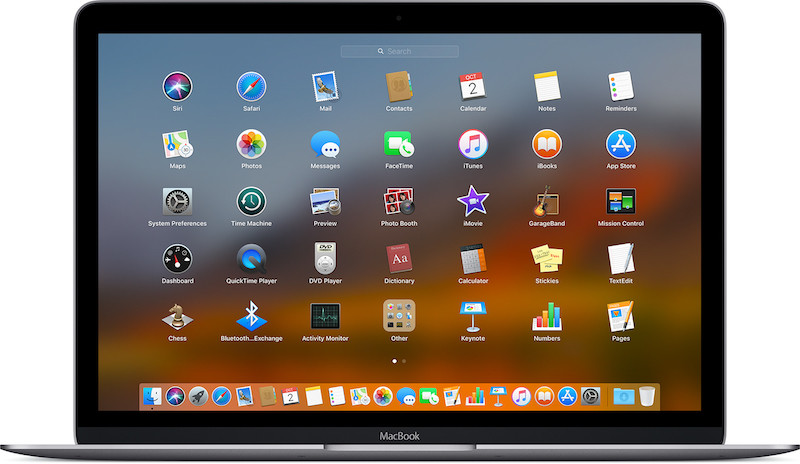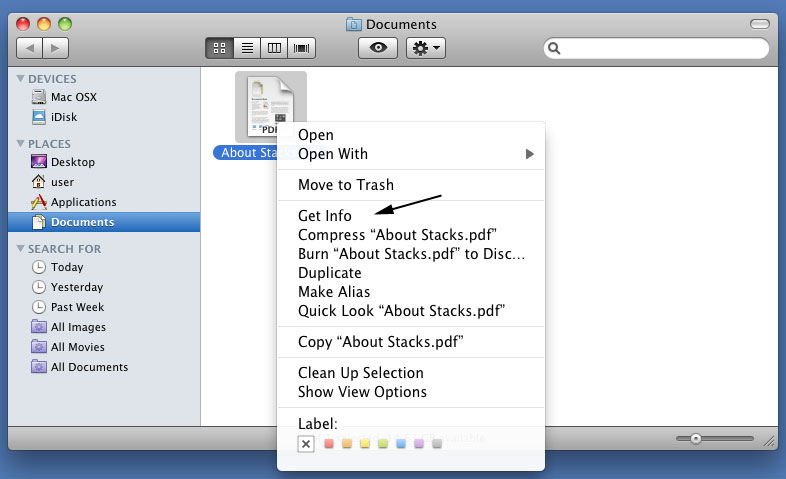
- #Change default program for opening files in mac os x full#
- #Change default program for opening files in mac os x mac#
Given that when you open it, the Mac’s default settings will always lead to it opening on TextEdit. Let’s say you have a document you’re editing for the long-term and it will stay for days on one of your folders. Fortunately, there are several ways you can change the default text editor on a Mac.
#Change default program for opening files in mac os x mac#
It’s under appreciated, which is why numerous Mac users are looking for ways to change their default text editors.Īlthough you can always choose to open your text documents by right-clicking and picking the Open With option, there are people who want to save up fingertip stamina by merely double-clicking the selected text files. zshrc export PATH=/usr/local/bin:/usr/bin:/bin:/usr/sbin:/sbinĪnd then you can slot in other paths as required.We’ve all used TextEdit before and though it’s a nice text editor in its own right, almost every one of us prefers to use other software, including the ever-popular Microsoft Word, Apple’s own Pages, and NeoOffice. So lets say you want /usr/local/bin at the beginning to take precedence you can add the default path like so inside. If you needed to rearrange the paths in the default $PATH variable, you can just do that and leave off $PATH. You will get the new path at the front followed by the default path locations, all the time /usr/local/bin:/usr/bin:/bin:/usr/sbin:/sbin:/Library/Apple/usr/bin/Users/yourusername/bin Rearranging the default $PATH

So now when the Terminal is relaunched or a new window made and you check the the path by echo $PATH zshrc file by using source or restart the Terminal: source. And the ‘control’+’x’ to exit nano.Įither refresh the.

Save the file in nano by clicking ‘control’ +’o’ and confirming the name of the file is. Just uncomment the second line # If you come from bash you might have to change your $PATH.Įxport PATH=$HOME/bin:/usr/local/bin:$PATHĪdd in any extra paths colon separating them with no trailing slash Saving the Edits in Nano # export PATH=$HOME/bin:/usr/local/bin:$PATH zshrc file it may have these lines in it: # If you come from bash you might have to change your $PATH. zshrc export PATH=$PATH:/Users/yourusername/binĪdd in the above line which declares the new location /Users/yourusername/bin as well as prefixing the original path declared as $PATH.Īlso if you have an existing. If you don’t have it, create it and edit it with a command line editor called nano: touch. zshrc file by running the ls -la command which shows the directory files. This command moves you into home directory, if you are already in the home directory then you are in the right spot. zshrc file to control it ( previously it was the Bash Shell using. In macOS Big Sur and Catalina the default shell is Zsh aka the Z Shell which has the. This configuration file controls various Terminal environment preferences including the path. bashrc in your home directory and add to the path there. To make the new path stick permanently you need to add or edit a. One of the disadvantages of this is that the new location will only be honored for that particular Terminal session, when a new Terminal window is launched it will have the original default path again. Test it by running echo $PATH again in the Terminal. So here I have copied my existing path and added the new location on the end, colon separate the paths.

You can add extra locations to your path, in the myscript.sh example above it’s location /Users/yourusername/bin/ which is not in the default path, you can add it in Terminal like so: PATH=/usr/local/bin:/usr/bin:/bin:/usr/sbin:/sbin :/Users/yourusername/bin/ These directories are not visible by default in the filing system but you can make them visible. /Library/Apple/usr/bin (If you have Xcode).So this is stating that you can run Unix style applications or commands located in 5 or 6 default locations of a certain path in the filing system: You can find out whats in your path by launching Terminal in Applications/Utilities and entering: echo $PATHĪnd the result should be like this.(the last one when you have Xcode) /usr/local/bin:/usr/bin:/bin:/usr/sbin:/sbin:/Library/Apple/usr/bin Your shell path is a bunch of absolute paths of the filing system separated by colons : You can just type the command, regardless of where you are in the filing system: myscript.sh So instead of running something like this, with a path to the command or script: /Users/yourusername/bin/myscript.sh
#Change default program for opening files in mac os x full#
The shell path for a user in macOS is a set of paths in the filing system whereby the user has permissions to use certain applications, commands and programs without the need to specify the full path to that command or program in the Terminal.


 0 kommentar(er)
0 kommentar(er)
